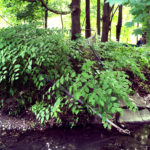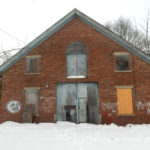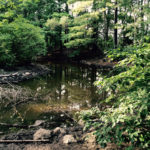
Now comes the fall. Summer vacation is over, and it’s time to get back to work. If that thought does not fill you with glee, perhaps it’s time to consider a new career that will help preserve, protect, and promote our planet at the Massachusetts Green Careers Conference. If a wholesale career change isn’t in your future, you can still take some time to consider how to help people interact with the natural world in a way that helps both nature and humans—by building trails, using space wisely, or simply taking a mindful walk in the woods. 11th Massachusetts Green [READ MORE]




